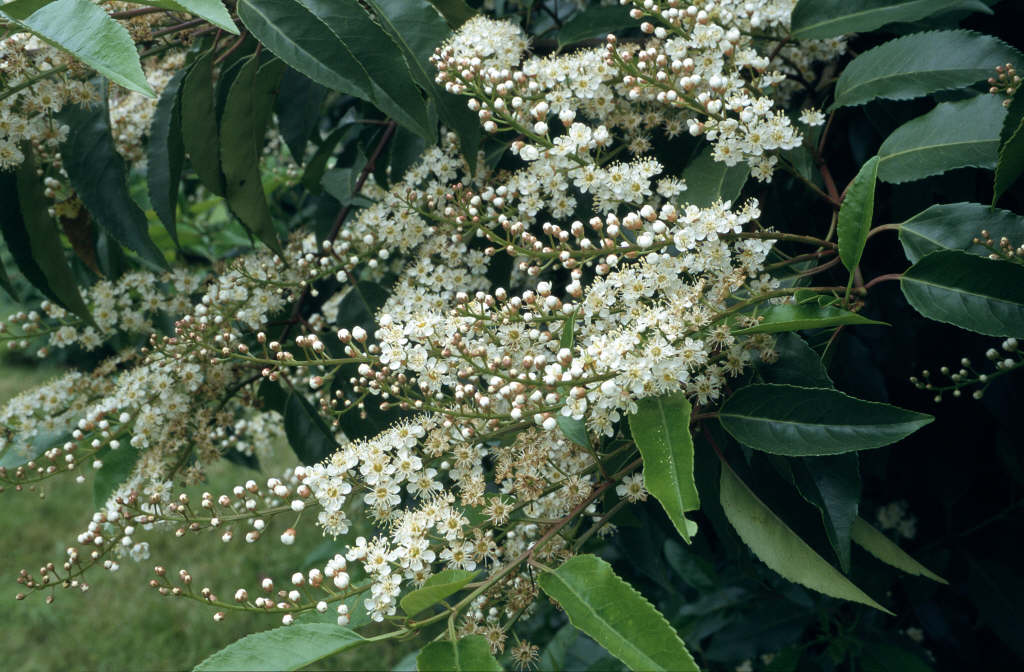Prunus lusitanica
Common name: Portuguese laurel
Family: Rosaceae
Leaf: alternate, oval, 7-12 cm long, with an acute apex and dentate margin, glossy dark green above and light green below, petiole is pinkish-red
Flower: hermaphrodite, small, with 5 small white petals, on racemes 15-25cm long in late spring/early summer (June).
Fruit: cherry-like drupe, 10-15mm diameter, turning dark purple-black in late summer, autumn
Habit: evergreen shrub or small tree; Form: dense, conical to rounded-mounding shrub
Height: 9-18'; Spread: up to 18'
Culture: Fairly hardy on all soil types, but does best in an organically-rich, moist, well-drained soil. Grows best in full sun to part shade, though fruiting is better in a sunny position. Hardy to USDA zones 6-9. Pruning is best done by secateurs in August. Very tolerant of pruning in general. Susceptible to honey fungus.
Uses: low windbreak, medium-tall hedge, and for topiary
Origin: Western Europe: Spain, Portugal, SW France



No comments:
Post a Comment